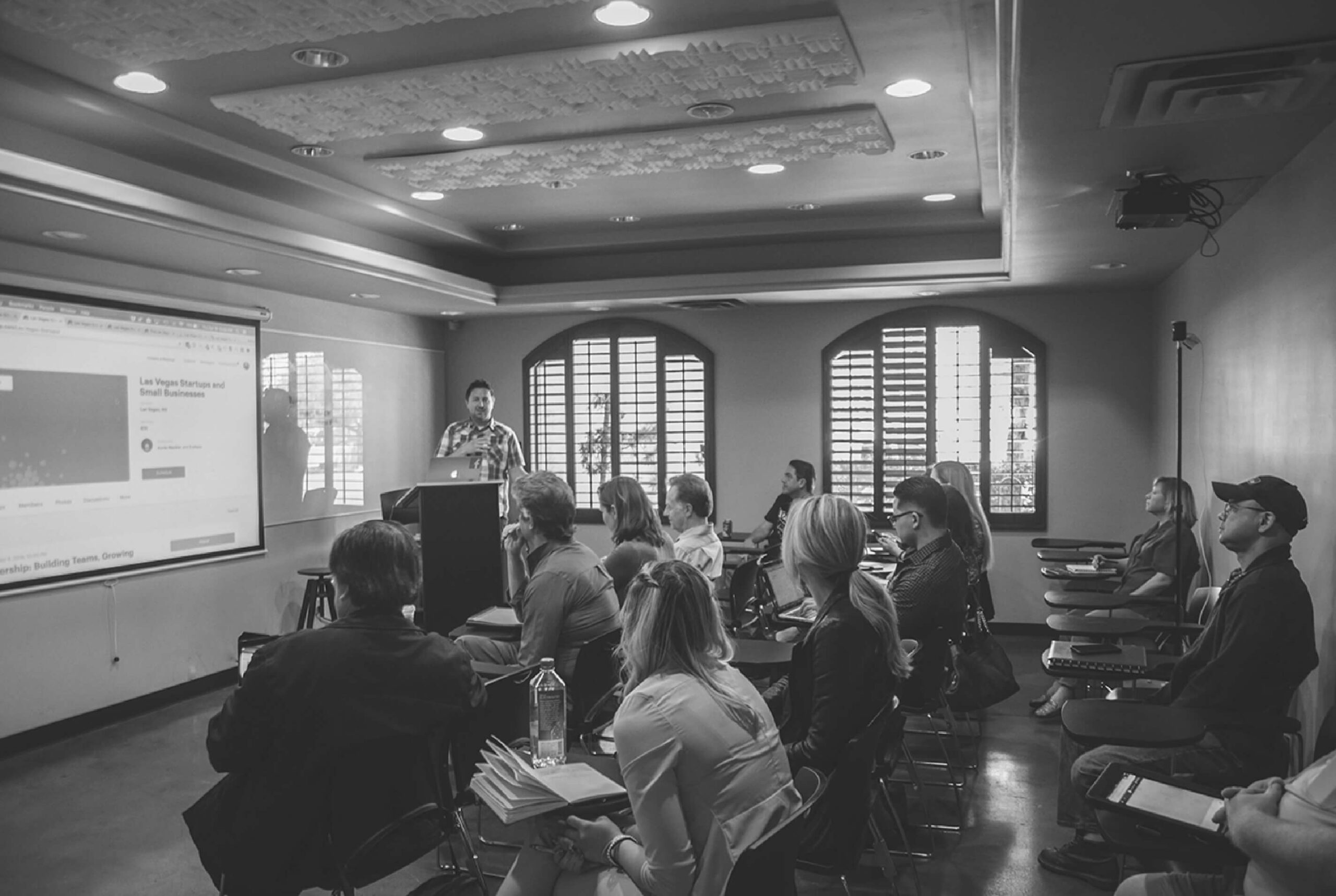
October 21, 2020
by MIKE MILETICH – WSILTV.com
SPRINGFIELD (ILLINOIS CAPITOL BUREAU) – State lawmakers hope to craft a plan to make college more affordable, especially for many in low-income communities.
Experts say tuition rates continue to soar compared to the average income for those going to college or tech schools. They also told lawmakers community colleges haven’t been exempt from the rise in costs due to inflation. Some feel financial aid is critical to providing access to higher education for students in low-income communities.
“We have families that are priced out not just from college attendance in general at four year institutions, but also public two year institutions,” said Dr. Eboni Zamani-Gallaher.
The University of Illinois Urbana-Champaign professor noted dips in attendance align with a lack of diversity in funding models. Zamani-Gallaher feels the state needs more incentives and opportunities to attract students to continue their education.
Currently, five community colleges in Illinois offer promise programs to help high school graduates with full scholarships.
“When combined with Pell and MAP grants, many community college students that benefit from promise programs can attend college without any out-of-pocket costs in terms of tuition and fees,” said Brian Durham, Executive Director of the Illinois Community College Board (ICCB).
However, the promise programs fall under a category of “last dollar” programs. Durham explained students have to take advantage of all other options of aid before they access funding from promise programs.
Importance of financial aid
The Illinois Student Assistance Commission (ISAC) also feels financial aid is critical to providing higher education to students in low-income communities.
Executive Director Eric Zarnikow says 54% of MAP recipients are first-generation college students or have no financial resources for college.
“MAP is supporting about 60% of Black undergraduates and well over half of Latino/Latina undergrads attending public universities,” Zarnikow said.
He also highlighted work with Gov. JB Pritzker’s office to identify a plan to improve grant aid. Zarnikow said combining a $50 million increase in MAP funding with an effort to put 15% of those funds towards community college students could cover tuition and fees for most MAP-eligible community college students.
“He aimed to make community college tuition-free for MAP eligible students whose families make under $45,000 a year. That was essentially free community college program for families making under that amount,” Zarnikow added.
Strong free college programs
“We frankly believe very strongly in the mission of MAP to serve our lowest income students and our neediest students in our state and prioritizing our public resources to do that,” Executive Director Kyle Westbrook said.
Sarah Labadie, Associate Director of Policy for Women Employed, feels the idea of free college is attractive to many people. While some community colleges function tuition-free, Labadie noted the state doesn’t market it that way.
“If designed really well, a free college program or even remarketing our current program could really ensure that we’re able to attract more students to higher education who otherwise think it’s out of reach,” Labadie explained.
She told lawmakers strong free college programs ensure students leave college without debt. Labadie said successful programs allow anyone to take advantage of the assistance and cover costs for four years of education.
Planning for the future
Many hope the state could explore an equity-based funding model for college similar to the K-12 evidence-based model.
“Even if we gave more money to this system, it is not going to bring equity and justice when it comes to communities of color. It is not designed that way and we have to accept that, find the flaw in it, and fix the design,” added Rep. Carol Ammons (D-Urbana).
The Illinois Board of Higher Education hosted focus groups and created a survey for people to share solutions. Executive Director Ginger Ostro hopes to adopt their strategic plan by late March with support from the ICCB and ISAC. Still, Ostro said that would only be the start of the process.
“We will have the need for a series of policy changes, state-level practice changes, as well as institutional-level changes,” Ostro explained. “As we go over the next couple of months, there’s really an opportunity here for all of us to come together and decide what direction we want to go. How are we going to address these inequities that we’ve seen in the higher education system? How are we going to meet workforce needs, and how are we going to drive the state’s economy?”


